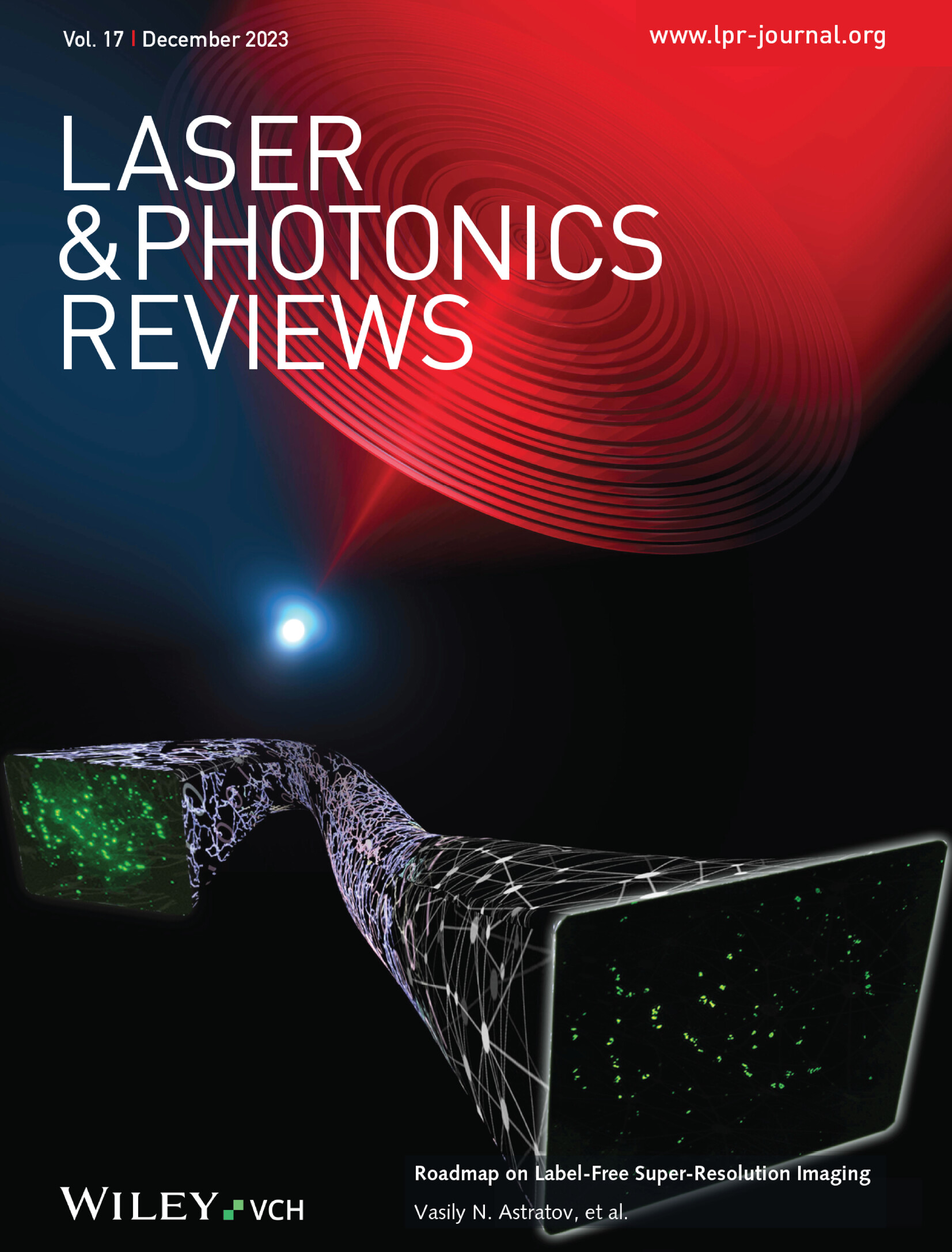发光测温中的传感器融合:一条通往更高精度和更广泛适用性的道路
IF 10
1区 物理与天体物理
Q1 OPTICS
引用次数: 0
摘要
提高测量精度和扩大温度范围是发光测温的主要目标。传统的单参数方法往往表现不佳。传感器融合(SF)是一种广泛应用于自动驾驶汽车和医学成像等领域的统计工具,它通过组合多个传感器探头或将每个温度相关参数视为单独的传感器,应用于发光测温。这种方法不断提高精度和扩展温度范围,融合精度等于单个精度的总和。利用方差逆加权方法的自适应性优于传统的线性回归模型,在任何传感器材料下都能获得最佳性能。它适用于时间分辨和稳态读数,使用单个或多个激励源。计算机仿真和实验验证了该方法的有效性。对于Sm2+,结合寿命和强度比测量显着提高了整个范围的精度。Mn4+、Ho3+和Cr3+的熔合寿命将温度范围扩大到300-650 K。对于Yb3+/Er3+上转换绿色和红色发射寿命,在所有温度下精度都有所提高。然而,Mn5+显示出有限的改进,由于在线移测量精度占主导地位,突出了该方法的局限性。总的来说,SF通过提高不同条件下的精度和可用性,展示了其革命性发光测温的潜力。本文章由计算机程序翻译,如有差异,请以英文原文为准。
Sensor Fusion in Luminescence Thermometry: A Path to Higher Precision and Broader Applicability
Advancing measurement precision and extending the temperature range are key goals in luminescence thermometry. Traditional single‐parameter methods often underperform. Sensor fusion (SF), a statistical tool widely used in fields like autonomous vehicles and medical imaging, is applied to luminescent thermometry by combining multiple sensor probes or treating each temperature‐dependent parameter as a separate sensor. This approach consistently enhances precision and extends the temperature range, with fused precision equaling the sum of individual precisions. SF using inverse variance weighting surpasses traditional linear regression models due to its adaptability, achieving maximum performance with any sensor material. It works with both time‐resolved and steady‐state readouts, using single or multiple excitation sources. Computer simulations and experiments validate this method. For Sm2+ , combining lifetime and intensity ratio measurements significantly improves precision across the entire range. Fusion of Mn4+ , Ho3+ , and Cr3+ lifetimes expands the temperature range to 300–650 K. For Yb3+ /Er3+ upconversion green and red emission lifetimes, precision improves across all temperatures. However, Mn5+ shows limited improvement due to the dominance of precision in line‐shift measurements, highlighting a limitation of the approach. Overall, SF demonstrates its potential to revolutionize luminescence thermometry by enhancing precision and usability across diverse conditions.
求助全文
通过发布文献求助,成功后即可免费获取论文全文。
去求助
来源期刊
CiteScore
14.20
自引率
5.50%
发文量
314
审稿时长
2 months
期刊介绍:
Laser & Photonics Reviews is a reputable journal that publishes high-quality Reviews, original Research Articles, and Perspectives in the field of photonics and optics. It covers both theoretical and experimental aspects, including recent groundbreaking research, specific advancements, and innovative applications.
As evidence of its impact and recognition, Laser & Photonics Reviews boasts a remarkable 2022 Impact Factor of 11.0, according to the Journal Citation Reports from Clarivate Analytics (2023). Moreover, it holds impressive rankings in the InCites Journal Citation Reports: in 2021, it was ranked 6th out of 101 in the field of Optics, 15th out of 161 in Applied Physics, and 12th out of 69 in Condensed Matter Physics.
The journal uses the ISSN numbers 1863-8880 for print and 1863-8899 for online publications.

 求助内容:
求助内容: 应助结果提醒方式:
应助结果提醒方式:


